Firefly
Like a shooting star wandering around in wings
Firefly
Firefly what can I learn from you
This crazy world has got me so damn blue
But you keep shining
Like a shooting star wandering around in wings
Firefly please illuminate
What do I do in a world with so much hate
You keep on shining
Like a shooting star wandering around in wings
Last night I went to the window
I couldn't sleep
And there on the screen
A blinking breathing green
Light, you made me smile
Kept me still
For a while
Firefly you gave a gift to me
Wisdom shared so cleverly
You've got me shining
Like a shooting star wandering around in wings
We will keep on shining
Like shooting stars wandering around in wings
Shooting stars wandering around in wings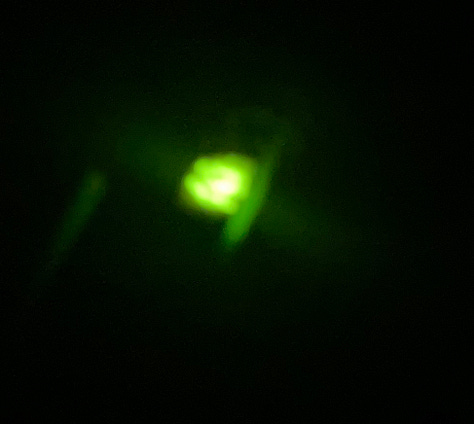
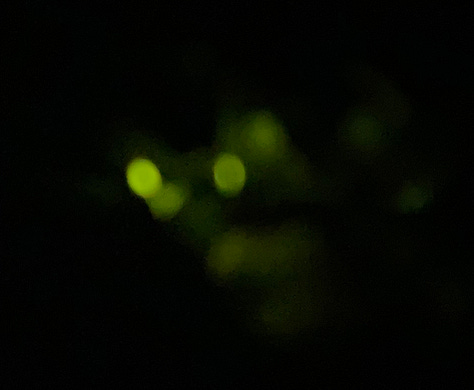
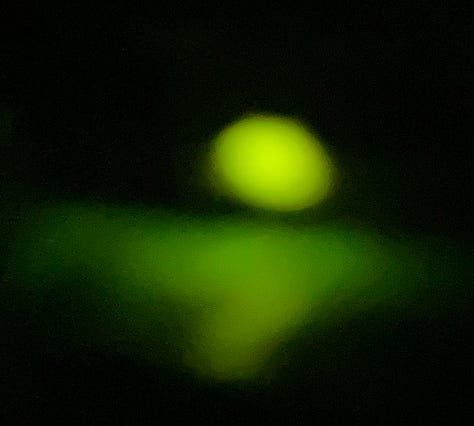

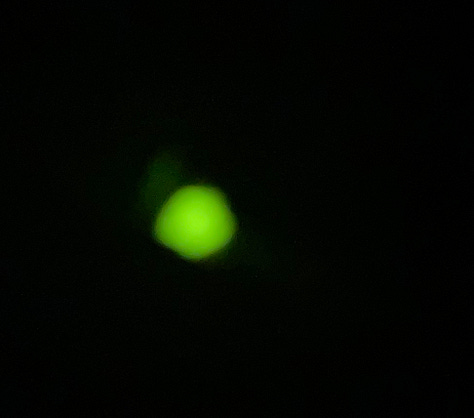
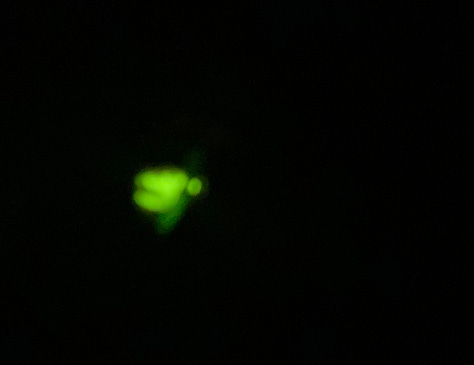
Somehow this firefly ended up taking a bubble bath while I was doing dishes. I whisked her out of the water and put her on a paper towel. I thought she was gone, but after about 10 minutes she came back to life. I brought her outside and onto a milkweed leaf.
There is much to say about fireflies/lightning bugs. They are more than just the flashing lights in our yards on summer evenings. For one thing, they are not flies or bugs; they are soft-bodied winged beetles. And those flashes are not random.
MA Audubon has a informative site on fireflies. Here is an excerpt:
Bioluminescent fireflies are unusual in their ability to produce light, enabling them to attract mates using signals that are highly visible even in the dark. Many firefly species give distinctive flash patterns that differ in their flash color, the number and duration of flashes, and the time in-between flashes.
In North America, male fireflies seek mates by flying around and flashing. Females rest on vegetation and generally do not fly. When a female sees a male of her own species, she answers by flashing back to him. In this way, females choose their mates—if she doesn't respond to a male’s flash, he cannot find her in the dark.
A few days after mating, a female lays her fertilized eggs on or just below the surface of the ground. The eggs hatch three to four weeks later, and the larvae feed until the end of the summer. Fireflies hibernate over winter during the larval stage. Some do this by burrowing underground, while others find places on or under the bark of trees.
The larvae then emerge from hibernation in the spring. After several weeks of feeding, they pupate for 1–2.5 weeks and emerge as adults.
I am guessing that most of you reading this have experienced the awe of a firefly filled evening. We are very fortunate because future generations may not have this opportunity. Fireflies are in decline due to many factors, but there are three ways that we can help them in our own yards. 1) Turn off outdoor lights. Fireflies are especially sensitive to light pollution, which can disrupt their ability to find mates and reproduce. 2) Don’t use pesticides. This is a tough one because of ticks, but it is better for everyone if we treat our clothing instead of our yards. 3) Grow native plants. Some fireflies rely on nectar and pollen from these plants. Some feed on insects that rely on native plants. And every stage of a firefly’s life (egg, larva, pupa, adult) need native plants for shelter and habitat.
Hopefully you have been able to get out in the evening and enjoy the quiet firefly fireworks, the most peaceful and beneficial of all fireworks.
Thank you for taking the time to listen and to read. My apologies for the buttons that keep popping up to “upgrade to paid”. I have tried to get rid of those, but cannot figure it out.


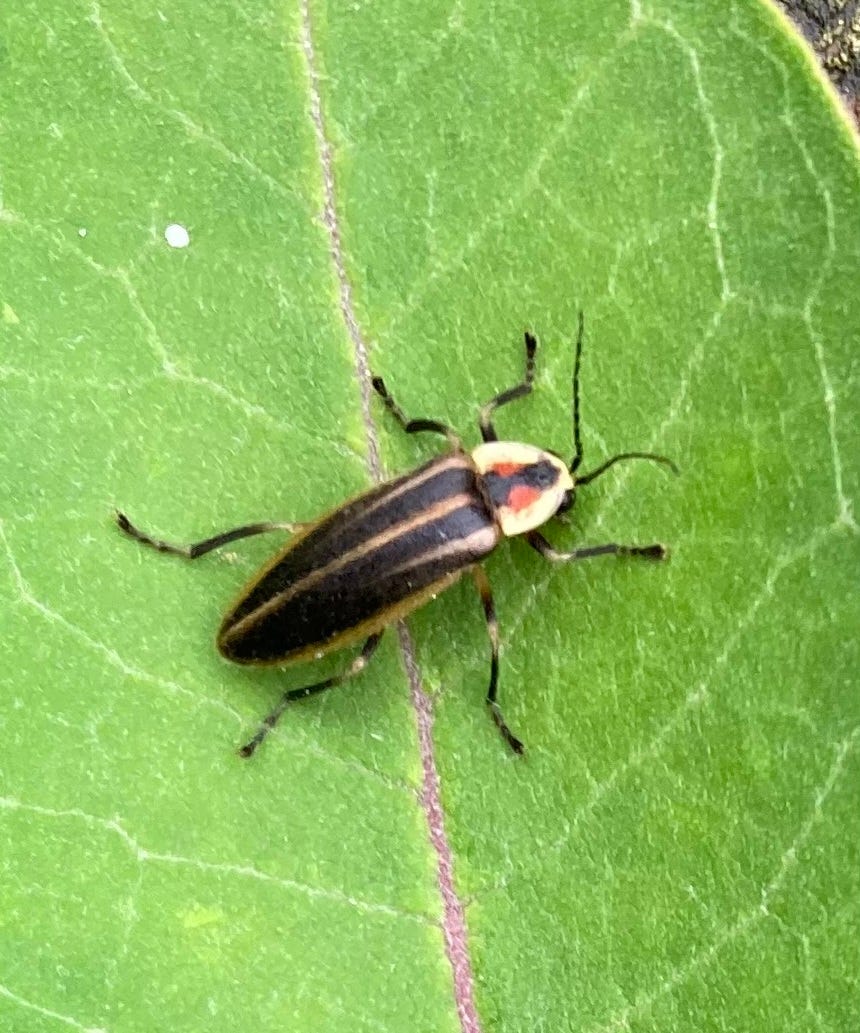

Hi Jane, that sounds like a lovely way to spend an evening. Thank you for listening.
Hi Rebecca, you are very welcome. Thank you for listening.